
Occitania is a region formed in 2016 by joining the Midi-Pyrénées and Languedoc-Roussillon regions together. Peruse this page for some fun facts to give you an insight and view of Occitania.
Occitania is the 2nd biggest region in metropolitan France, and clearly one of the most appealing to movers with over 50,000 people settling down here every year.
Occitania spans across 13 departments. Its surface area is 72,724 km2. That makes it slightly bigger than Ireland (70,273 m2) and twice the size of Belgium (30,528 km2).
Its territory spreads from Aubrac to the Pyrenees along the North-South axis, and from Camargue Gardoise to Gascony along the East-West axis.
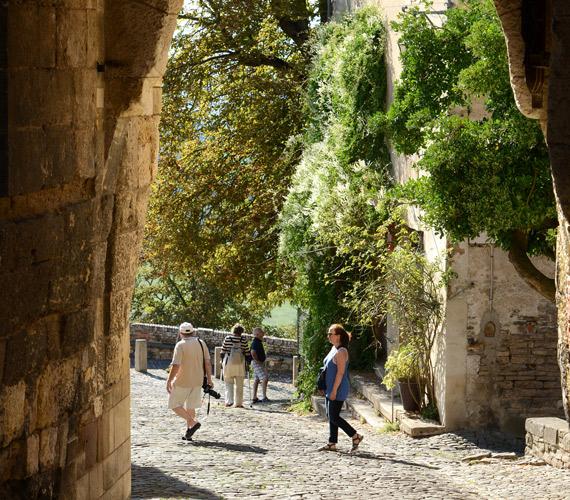
Cordes sur Ciel
Occitania is one of Europe's top tourist destinations: it is the 2nd most popular region among French tourists ahead of Provence Alpes Côte d’Azur and after Nouvelle Aquitaine.
Occitania is one of few parts of France to have it all: the sea, with the Mediterranean coast; the mountains, with the Pyrenees; the city, with its two big metropolises, Toulouse and Montpellier, and the countryside, endlessly rolling out its typical scenery, picturesque villages and protected natural landscapes.
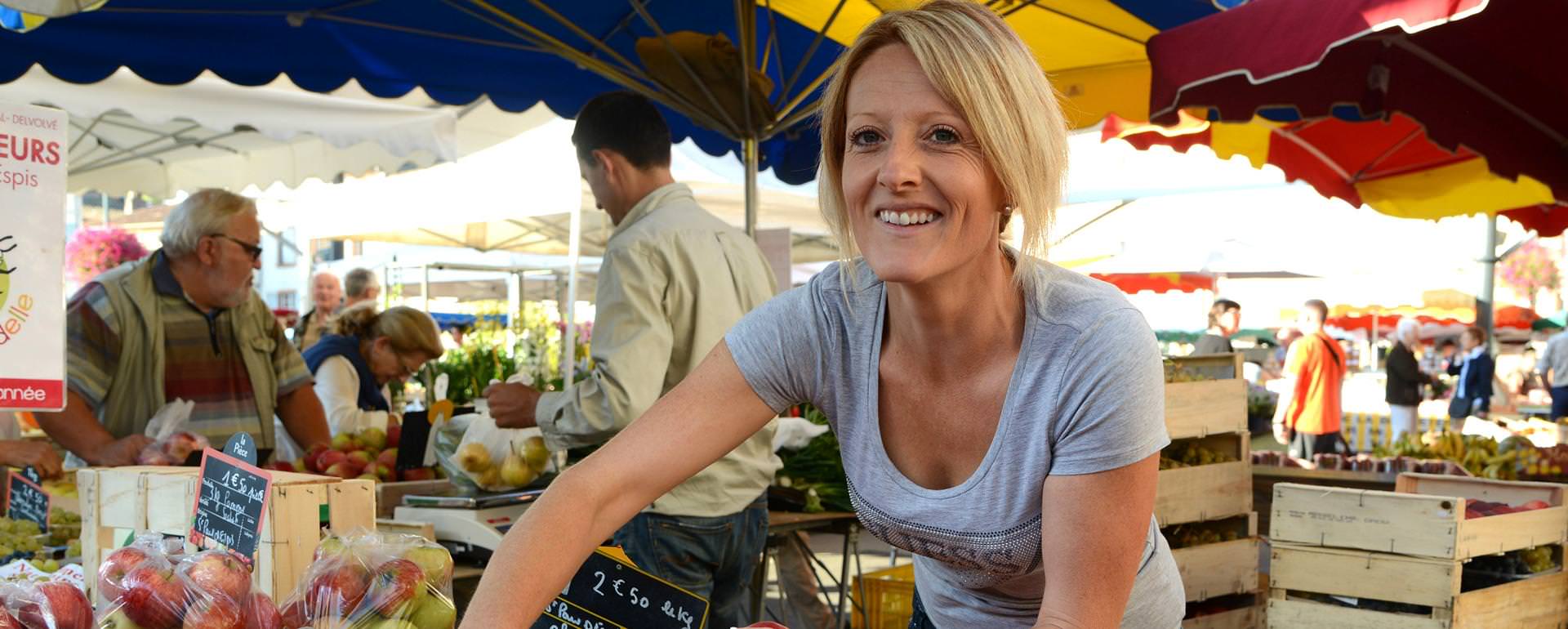
Marché Tarn-et-Garonne, CRTL Occitanie - Patrice Thébault
Toulouse, Montpellier, Nîmes and Perpignan rank among the top 10 sunniest cities in France, each boasting over 2,100 hours of sunshine per year. It's hardly a surprise that the French rate Montpellier and Toulouse as the best cities to live, work and study in.
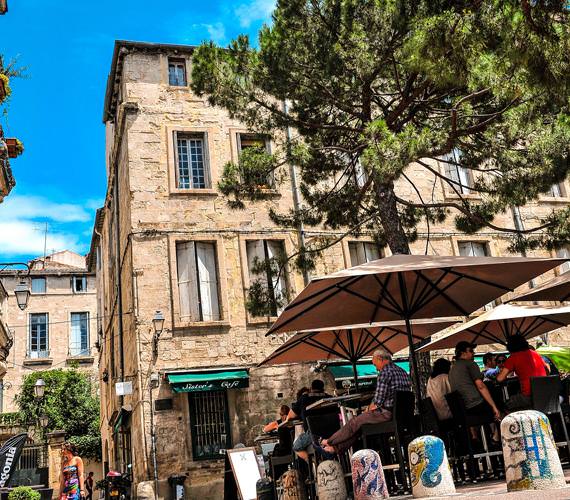
Ruelles de l'Ecusson Montpellier
Occitania is the number 1 region in France for biodiversity. Outstanding and protected natural sites account for 40% of its territory: 7 regional natural parks, 2 national parks, 29 nature reserves, 249 Natura 2000 sites and more.
25% of the Mediterranean coast is owned by the French Coastal Protection Agency.
Occitania is also the top region in terms of the number of Pavillion Bleu-approved beaches and ports.
It's 2nd for producing renewable electricity (hydroelectricity, wind power, solar power).

TOP 10, littoral hors saison, PNRNM
Toulouse is the world's aeronautical capital, thanks to Airbus, and the space capital of Europe. The Agropolis centre in Montpellier is world-renowned.
The region of Occitania ranks 1st in the country for organic farming, boasting more than a quarter of the total organic farming land area in France.
It's the number 1 region in France and Europe for agrifood systems and diverse produce bearing the quality labels: AOC/AOP, Red Label, IGP,
Occitania is the biggest wine-making region in the world and its 80 appellations account for 36% of all France's wine. It's the French leader in organic wine too.
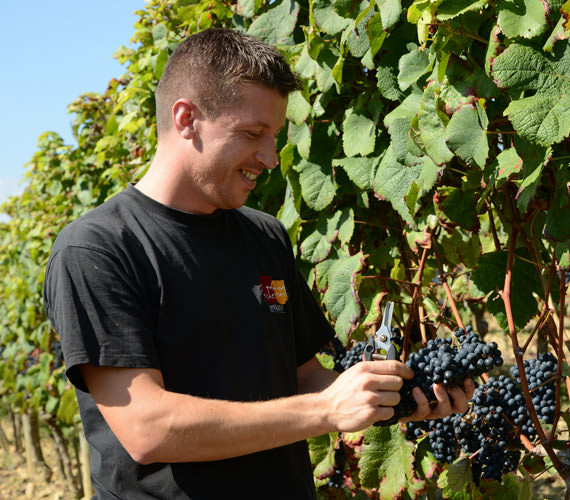
Vigneron dans le Gers @ P.Thébault
Occitania is the homeland of leading brands such as Perrier, Roquefort, Avène, and Ducs de Gascogne, distinguished craftwork such as Millau gloves, Laguiole knives, Denim jeans or Anduze vases; not to mention the many creative ventures that keep coming up with new products and concepts.
The rappers Biglo & Oli, singer Julien Doré, chef Michel Sarran and biathlon champion Martin Fourcade all hail from Occitania. As did the dearly departed Henri de Toulouse-Lautrec, Champollion, Georges Brassens and Françoise Sagan.
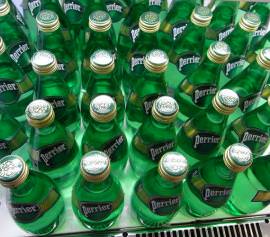
Perrier, Snowacinesy /Wikipédia
Our region has been the homeland for the best French teams for over a century. Three of the region's clubs are in the elite (top 14): Toulouse, Castres and Montpellier. Other top clubs include Perpignan, Béziers, Narbonne, and Carcassonne.
Whether it's a Sunday friendly or important match, rugby is a social sport that brings friends and family together. What makes it special is how it brings every generation, young and old, to the stands.

Toulouse © Nathalie Casado

How to get there?